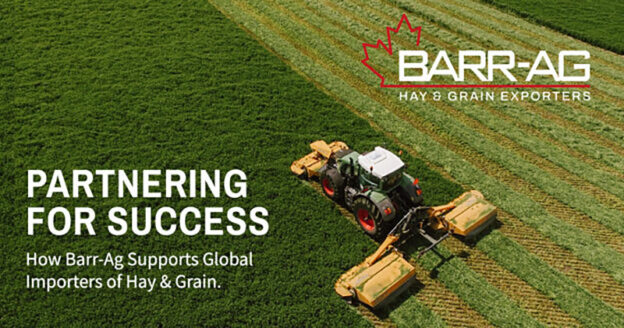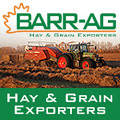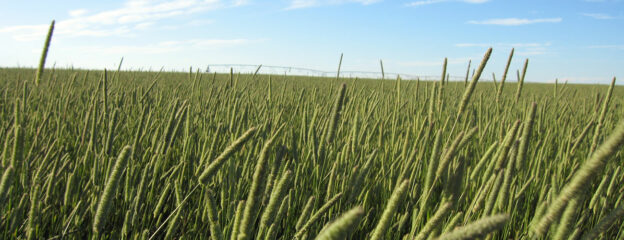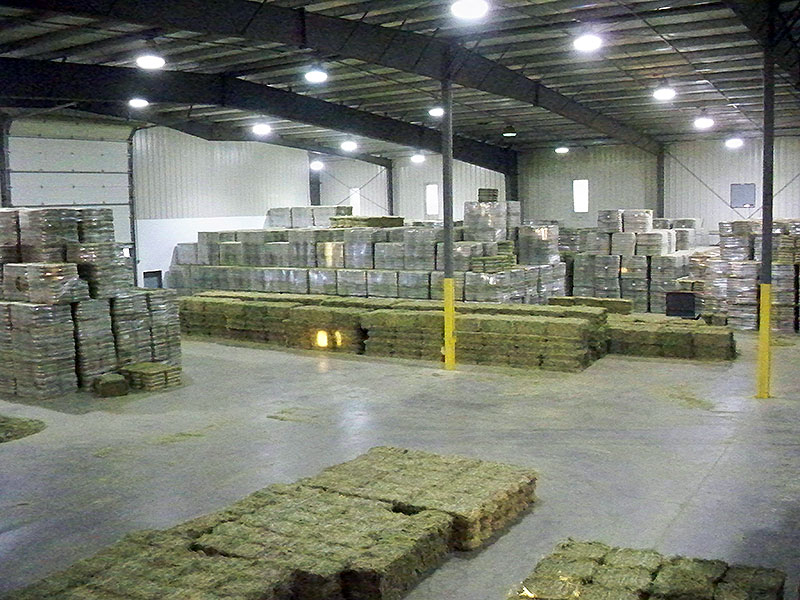In the dynamic world of hay and grain exports, finding the right partner is crucial for global importers seeking quality products and reliable supply chains. At Barr-Ag, we are a leading hay and grain exporter, established with a strong reputation for excellence and commitment to serving the needs of importers worldwide. In this article, we will explore how Barr-Ag supports global importers, offering exceptional products, tailored solutions, and a collaborative approach that sets us apart in the industry.
Uncompromising Quality: At Barr-Ag, quality is the cornerstone of our operations. Our team of experts work closely with farmers and suppliers to ensure that only the finest hay and grain products meet their stringent quality standards. From the fertile fields of Alberta, Canada, Barr-Ag sources premium crops with exceptional nutritional value, providing global importers with the peace of mind that they are receiving top-quality products.
Customized Solutions: Understanding that each importer has unique requirements, we offer customized solutions tailored to our customer’s specific needs. Whether it’s volume preferences, packaging specifications, or timely delivery schedules, we collaborate closely with our clients to design solutions that meet their individual demands. This flexibility and adaptability empowers importers to optimize their operations and drive their business success.
Transparent and Reliable Supply Chains: At Barr-Ag, we pride ourselves on maintaining transparent and reliable supply chains, ensuring a seamless flow of hay and grain from our farms to our customers. Leveraging our extensive logistics network and strategic partnerships, we carefully manage every stage of the supply chain to minimize transit times, preserve product quality, and meet delivery deadlines. Importers can trust in Barr-Ag’s commitment to efficiency and dependability, knowing that their products will arrive on time and in excellent condition.
Long-Term Partnerships: Barr-Ag believes in building long-term partnerships based on trust, mutual growth, and shared success. Our collaborative approach fosters open communication and a deep understanding of our customer’s evolving needs. By forging enduring relationships, we strive to become a true extension of our customer’s teams, working together to overcome challenges, seize opportunities, and drive sustainable growth in the hay and grain industry.
In conclusion, global importers seeking exceptional hay and grain products can rely on Barr-Ag as their trusted partner. With an unwavering commitment to quality, customized solutions, transparent supply chains, expert guidance, and a collaborative approach, Barr-Ag sets the stage for long-term success for farmers and suppliers. Partnering with Barr-Ag empowers importers to access the finest products, optimize their operations, and navigate the complexities of the industry with confidence.








